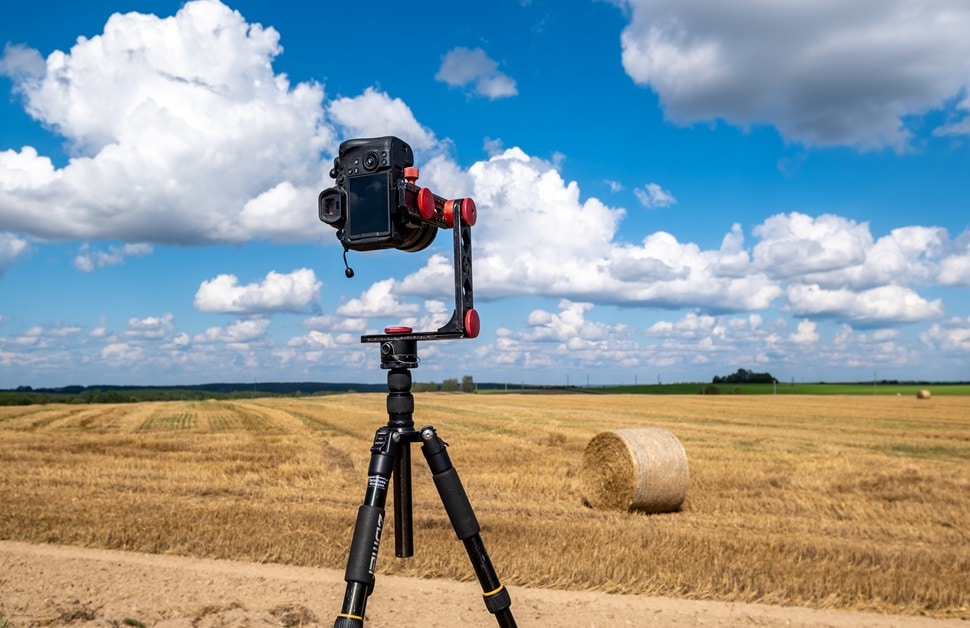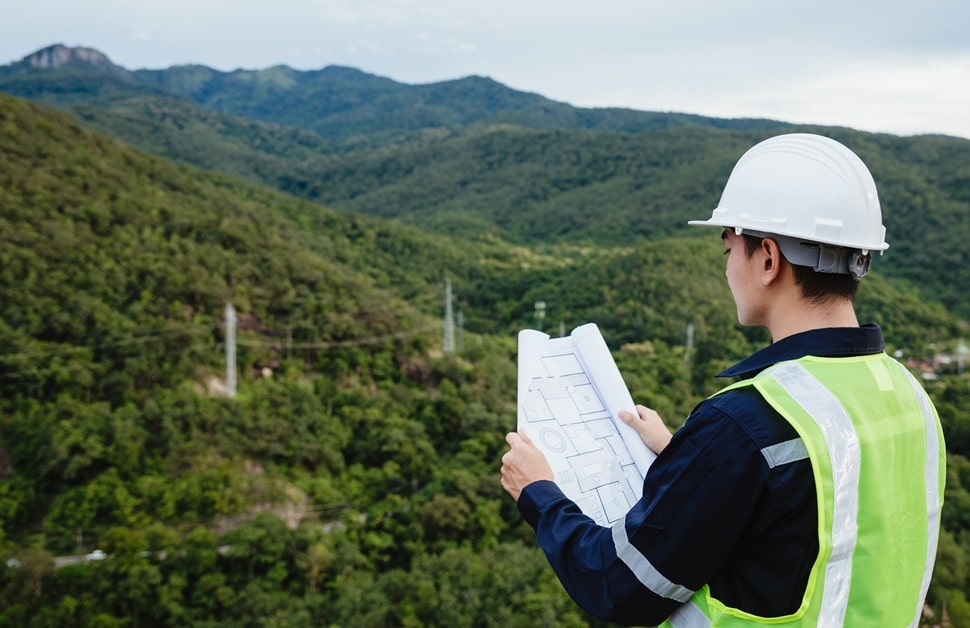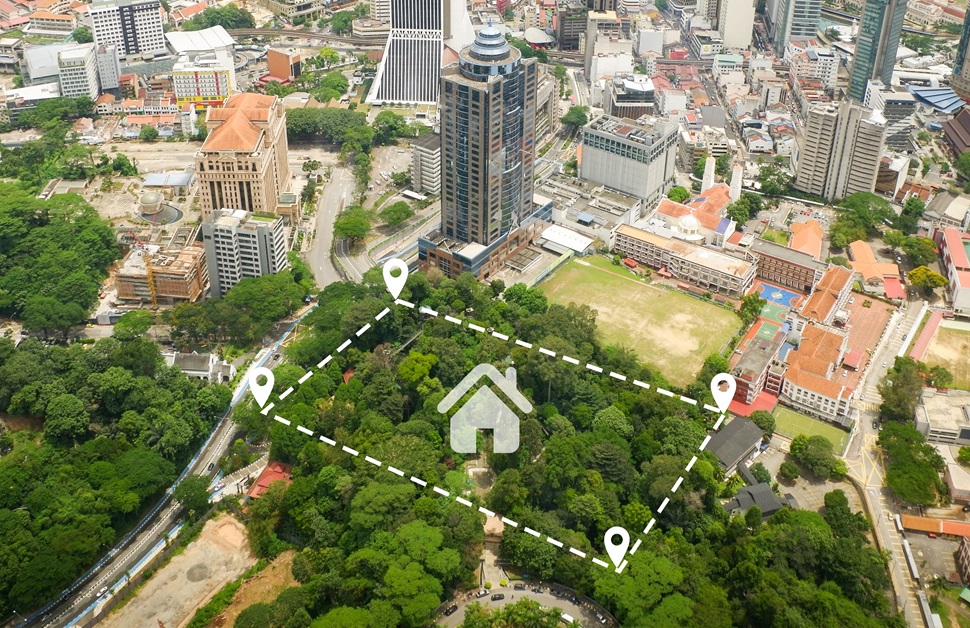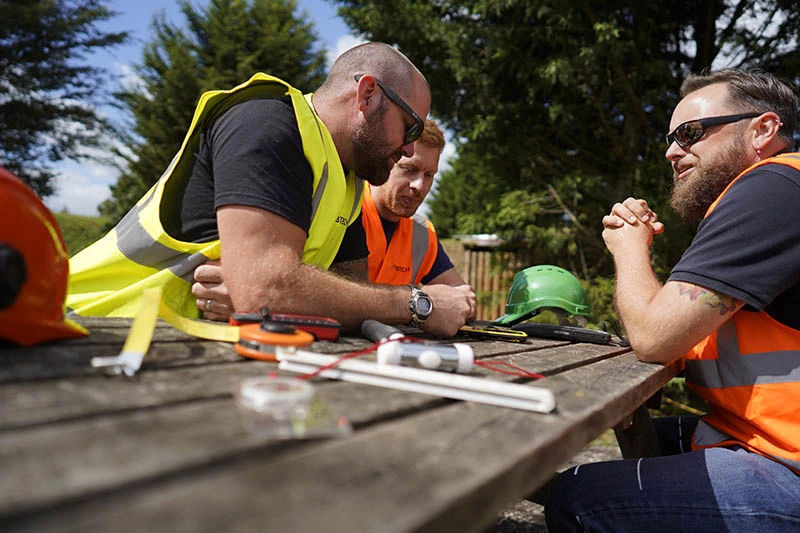
Landscape Surveying
Both land and building development projects have the power to affect the rural landscape and urban areas, going against county-level and national-level planning policies from local planning authorities and environmental laws from government bodies. For instance, a proposed development can cause changes to the natural environment and conflict with the historic environment, and in the case of land use changes, the entire character of the landscape could be completely transformed post-development compared to pre-development.
Through landscape surveying, developers, planners and landscape architects can understand how one area or piece of land fits within its landscape and what it means for the visual, cultural or historical value it contributes to. Especially with areas of outstanding natural beauty (AONB), landscape character areas, national character areas (NCAs), protected areas and sites with extensive areas that haven’t been properly categorised, a landscape assessment will uncover more detail about the landscape to guide the development.
What is a Landscape Assessment?
A landscape assessment or landscape survey is a type of service to support planning that analyses the key characteristics of the specific plot of land, the landscape types present, and all elements and features that make up and contribute to the landscape’s cultural, historical, natural and visual qualities.
Landscape assessments explain what makes an area’s landscape character different from another, highlighting each of the landscapes’ distinctive identities and using the landscape characterisation to group the land based on the consistent pattern of different landscape character types.
Landscape Assessment Framework
For landscape surveys to be effective at environmental management and land management, they need to be conducted using the recognised methods of relevant regulators, including the Landscape Institute and Natural England. A strategic framework guarantees that the detailed assessment is undertaken in a systematic way.
The landscape guidelines factor in many different established approaches to the assessment process, such as the ‘one landscape’ concept that pinpoints the uniqueness and importance of each landscape area and how even just one in isolation has an impact on all other types around it.
Landscape Survey Categories
Examples of landscape assessments include:
- Construction Environmental Management Plan (CEMP)
- Cumulative Impact Assessment
- Design and Access Statement (DAS)
- Ecological Landscape Survey
- Facade Analysis
- Green Belt Impact Assessment
- Green Infrastructure Assessment
- Heritage Landscape Characterisation
- Heritage Impact Assessment
- Landscape Capacity Study
- Landscape Character Assessment (LCA)
- Landscape Sensitivity and Capacity Assessment
- Landscape and Visual Appraisal (LVA)
- Landscape and Visual Impact Assessment (LVIA)
- Strategic Landscape Assessment
- Townscape Character Assessment (TCA)
- Townscape and Visual Appraisal (TVA)
- Townscape and Visual Impact Assessment (TVIA)
- Viewpoint Assessment
- Visual Envelope Mapping and Zone of Theoretical Visibility (ZTV)
In terms of the dominant type of landscape surveys often used to support planning, the most common are usually the landscape character assessment (LCA), townscape character assessment (TCA), landscape and visual appraisal (LVA), townscape and visual appraisal (TVA), landscape and visual impact assessment (LVIA), and townscape and visual impact assessment (TVIA).
Other surveys that are linked to landscape assessments include the biodiversity net gain assessment, ecological impact assessment (EcIA), environmental impact assessment (EIA), habitat regulations assessment (HRA) and seascape character assessment (SCA), as well as the various noise surveys and air quality assessments.

General Process for Surveying the Landscape
A landscape site survey is comprised of an inspection of the site and a report detailing the results and setting out suitable next steps:
Landscape Evaluation
Steps in a landscape inspection generally include:
- Desk-Based Research
- Field Survey of Buildings, Ruined Structures, Vegetation and Water Bodies
- Geographic Information System (GIS) Mapping
- Describing Variation
- Analysis of the Landscape Baseline
Landscape Assessment Report
All of the services we provide come with a report to outline the assessment process, detail the layout of the development site, and submit compensation and mitigation measures that will allow for the affected development proposals to continue and planning applications to be granted by the local authorities.
The same applies to landscape assessments, except it has a direct focus on the visual effects and landscape considerations regarding the affected development site. For instance, it may include character area analysis, GIS and viewpoint mapping, alignment with planning policies, visual impact concerns and recommended methods of mitigation and compensation.
Book a Survey to Understand the Landscape
If surveying the landscape is key to unlocking the potential of your development plans or simply ensuring that you aren’t contradicting any environmental protection laws on a local or regional scale, speaking to Arbtech about managing a landscape assessment on your behalf would be strongly advisable.
The unique combination of services specifically tailored for your development needs, a solid evidence base from an extensive inspection of your site and a plan-making strategy for heightening your project makes our offering more valuable than any others. Not only that, but working with us early will help you avoid costly delays.
Receive a free quote for a landscape survey on your development site by calling us, emailing us or filling out a quote form on our website. We can then predict the likely cost of an assessment to guide your development plans, and we can work together to choose a suitable date to conduct the desk-based research, inspect your site and produce measures to advance your project.








